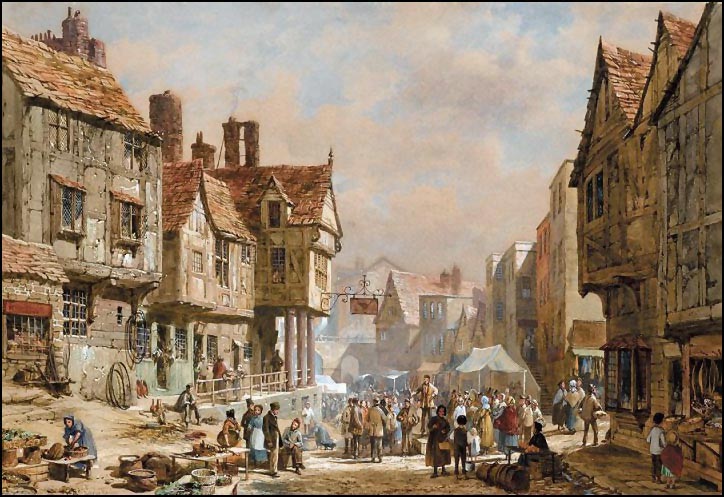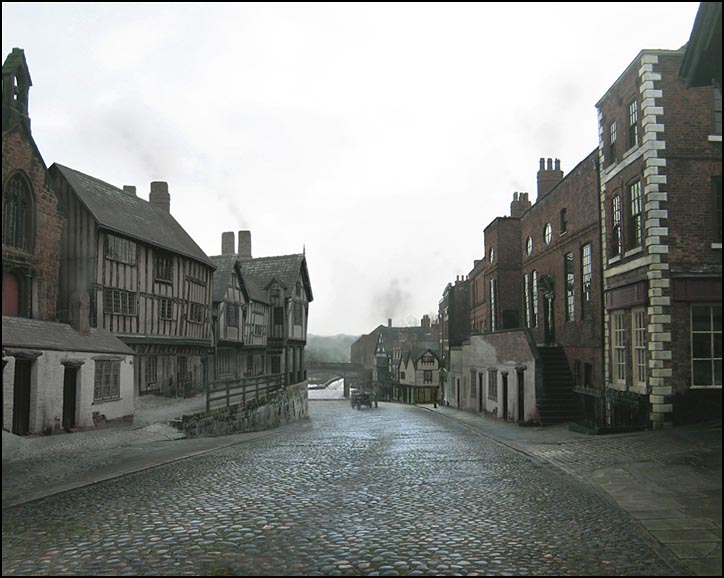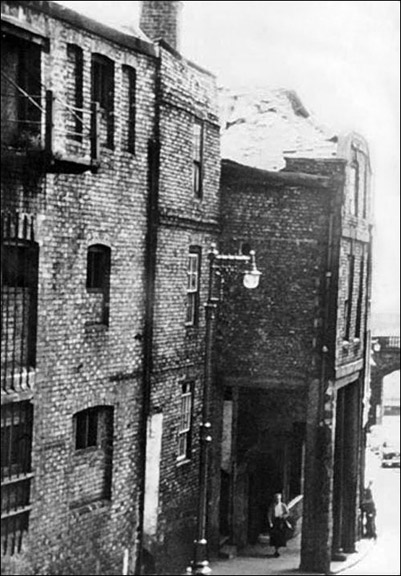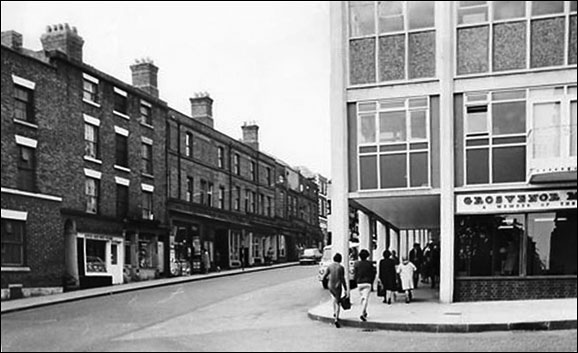Louise Rayner's Paintings of Chester

Lower Bridge Street
Louise Rayner's Paintings of Chester

Lower Bridge Street
This splendid evocation of Lower Bridge Street as it was is my favourite of Louise Rayner's Chester watercolours. I love the composition and the way the scene is lit and am intrigued by the little drama playing out in the middle of the street market and wonder what the man on the soapbox is speaking about... Poignant in the extreme is the comparison between Lower Bridge Street as it was in the last quarter of the 19th century and how part of it is now, as starkly illustrated below. Much is made of other past acts of architectural philistinism in Chester but, in my view, this must count as one of the most extreme. It really is hard to credit isn't it? This appalling blot on the face of a beautiful old thoroughfare- an ugly and insensitively-situated car showroom and office block stands on the site of the ancient group of buildings on the left hand side of Louise's painting, which went by the name of 'Old Coach Row'. It had steps between the changes in level as it descended steeply southwards towards the Bridgegate and River Dee. The dilapidated condition of the old houses eventually gave rise to the nickname, 'Rotten Row'. Some of the buildings had the characteristics of a true Chester Row, with a covered gallery above cellars entered from the street, whilst others boasted merely an arcade over a raised pavement. Most of the true Rows had gone by 1880 and, by the mid-twentieth century, the frontages had become utilitarian with occasional street-level arcading. The site immediately to the right of St. Olave's Church was long occupied by a large stone-built structure, resembling a small castle, with a tall tower. This was the home of Richard the Engineer (Richard L'Engenour), the master mason of Chester Castle and, around 1277, the builder of Flint Castle. He was leaseholder of the lucrative Dee Mills just down the road, and was elected Mayor of Chester in 1305. Five years later, the Abbot of St. Werburgh's Abbey (now the Cathedral) commissioned him to build a new Choir.
In 1321, the old building was sold to one Robert Pares (or Praers) and henceforth became known as Pareas Hall- also recorded as Paris's Hall. |
| Compare the above with the wonderful rendering below, created by Martin Moss, which shows Lower Bridge Street as it would have looked in the 19th century. |


An old photograph of part of Rotten Row, obviously by now fallen upon hard times.
The photograph is captioned 'The Maltings Brew House'.

Another view of the Grosvenor Motors building soon after it opened in 1962
Top of Page | Site Front Door | Site Index | Chester Walls Stroll Introduction | Old Chester Gallery | Louise Raynor Gallery
Louise Rayner at the Dudley Mall | Chester History & Heritage | The Grosvenor Museum | Previous Picture | Next Picture